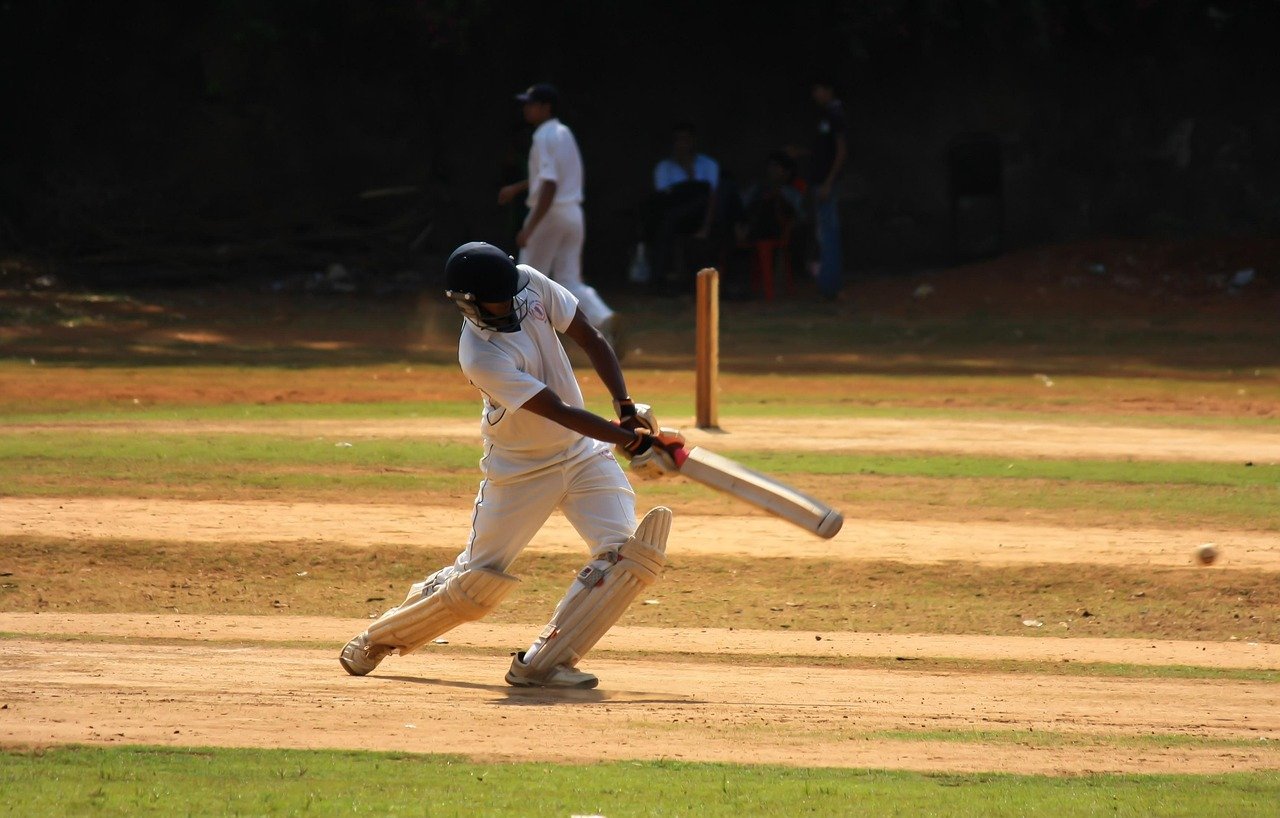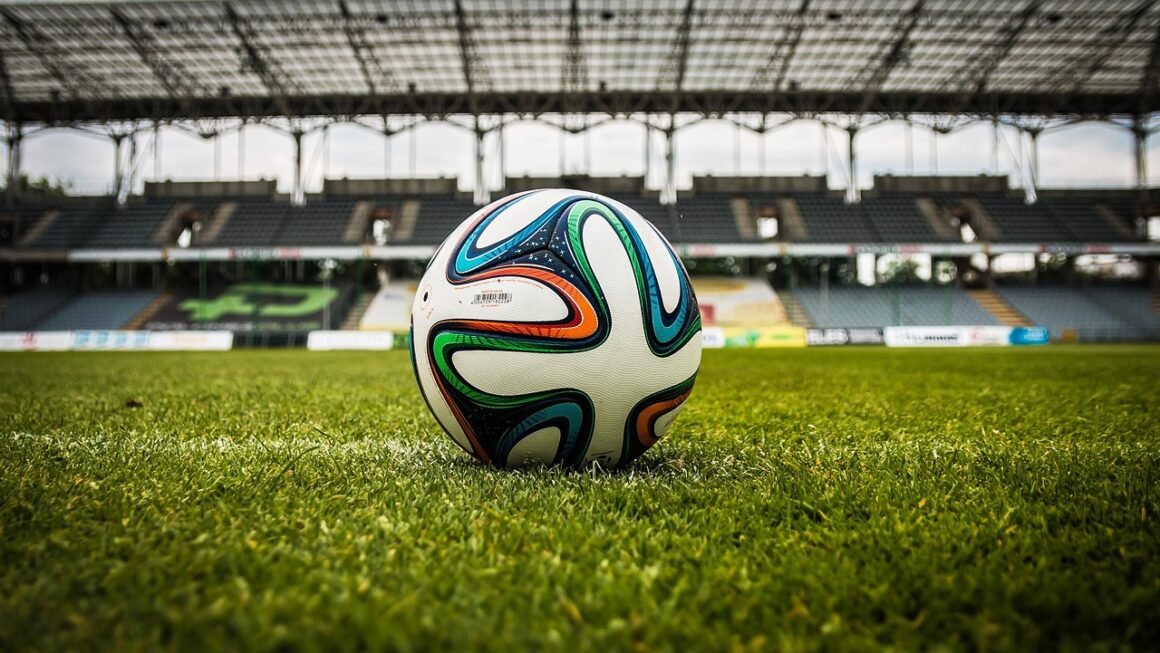Triathlon – the ultimate test of endurance, combining swimming, cycling, and running into a single, grueling, and incredibly rewarding race. Whether you’re a seasoned athlete looking to conquer your next challenge or a beginner curious about the world of multi-sport, this guide will provide you with a comprehensive overview of triathlon, covering everything from training and gear to race day strategies and beyond. Get ready to dive in, pedal hard, and run strong!
What is Triathlon?
The Three Disciplines
Triathlon involves the sequential completion of three continuous endurance disciplines:
- Swimming: Typically open water (lake, ocean, or river) or pool swimming. Distances vary greatly depending on the triathlon type.
- Cycling: Road cycling is the most common, but off-road triathlons (XTERRA) utilize mountain bikes. Drafting rules vary depending on the race.
- Running: The final discipline, requiring mental and physical fortitude after the swim and bike.
Different Triathlon Distances
Triathlons come in various distances, catering to different fitness levels and goals. Here’s a breakdown of the most common formats:
- Sprint Triathlon: Swim (750m), Bike (20km), Run (5km). A great entry point for beginners. Expect a race time of 1-2 hours.
- Olympic Triathlon: Swim (1.5km), Bike (40km), Run (10km). A standard distance, often used for international competitions. Expected race time: 2-4 hours.
- Half Ironman (70.3): Swim (1.9km), Bike (90km), Run (21.1km). A significant step up in endurance. Expected race time: 4-7 hours.
- Ironman: Swim (3.8km), Bike (180km), Run (42.2km). The ultimate test of endurance, requiring extensive training and mental toughness. Expected race time: 10-17 hours.
There are also variations like super sprint triathlons (even shorter than sprint distance) and longer, ultra-distance triathlons.
Training for a Triathlon
Building a Training Plan
A well-structured training plan is crucial for success. Consider these factors:
- Current Fitness Level: Assess your strengths and weaknesses in each discipline.
- Target Race Distance: The longer the race, the more training volume is required.
- Time Commitment: Be realistic about how much time you can dedicate to training each week.
- Training Philosophy: Choose a plan that aligns with your goals (finishing versus competing for a top spot) and your personal preferences. There are many online resources and coaches available.
A typical training week might include:
- 2-3 Swim sessions
- 2-3 Bike sessions (including long rides and interval training)
- 2-3 Run sessions (including long runs and speed work)
- Strength training (1-2 sessions)
- Rest and recovery days
Example: A beginner sprint triathlon plan might start with 30-minute swims, 1-hour bike rides, and 30-minute runs, gradually increasing the distance and intensity over 8-12 weeks.
Key Training Principles
- Consistency: Regular training is more effective than sporadic bursts of activity.
- Progressive Overload: Gradually increase the intensity or duration of your workouts over time.
- Specificity: Train in ways that mimic the demands of the race (e.g., brick workouts – bike followed immediately by a run).
- Recovery: Allow your body adequate time to rest and repair itself.
Brick Workouts
Brick workouts are a crucial component of triathlon training. They simulate the transition between disciplines, preparing your body for the unique challenges of switching from cycling to running. They are particularly important for getting your legs used to running after a long bike ride.
Example: A brick workout could involve a 60-minute bike ride followed immediately by a 30-minute run.
Essential Gear for Triathlon
Swim Gear
- Wetsuit: Provides buoyancy and warmth in open water swims. Check race rules, as wetsuits are often optional depending on water temperature.
- Goggles: Essential for clear vision in the water.
- Swim Cap: Often provided by the race organizers.
- Tri Suit/Shorts: Designed for comfort across all three disciplines.
Bike Gear
- Road Bike: A good quality road bike is essential for speed and efficiency. Consider a triathlon bike with aerobars for longer distances.
- Helmet: Non-negotiable for safety.
- Cycling Shoes: Clip into your pedals for increased power transfer.
- Cycling Shorts: Padded for comfort on long rides.
- Water Bottles/Cage: Hydration is crucial.
- Bike Computer: Tracks speed, distance, and other important metrics.
Run Gear
- Running Shoes: Choose a pair that fits well and provides adequate cushioning.
- Running Socks: Moisture-wicking socks to prevent blisters.
- Hat/Visor: Protection from the sun.
- Race Belt: For holding your race number.
Other Essentials
- Triathlon Watch: Tracks your time, distance, and pace across all disciplines.
- Transition Bag: To organize your gear in the transition area.
- Nutrition: Energy gels, bars, and electrolytes to fuel your body during the race.
Race Day Strategies
Transition Tips
Efficient transitions can save valuable time. Practice your transitions during training to minimize errors and improve speed.
- T1 (Swim to Bike): Practice removing your wetsuit quickly, drying your feet, putting on your helmet, and mounting your bike smoothly.
- T2 (Bike to Run): Rack your bike efficiently, remove your helmet, change into your running shoes, and grab your race belt.
Example: Lay out your gear in the transition area in a logical order to streamline the process. Use elastic laces on your running shoes for faster transitions.
Pacing and Nutrition
Proper pacing and nutrition are crucial for maintaining energy levels and avoiding “bonking.”
- Swim: Pace yourself in the swim, especially in open water. Conserve energy for the bike and run.
- Bike: Maintain a consistent cadence and effort level. Fuel regularly with energy gels or bars.
- Run: Start conservatively and gradually increase your pace as you feel comfortable. Stay hydrated and continue to fuel.
Mental Preparation
Triathlon is as much a mental challenge as it is a physical one. Develop strategies for staying positive and motivated, especially when things get tough.
- Visualize Success: Imagine yourself completing the race successfully.
- Break the Race Down: Focus on smaller segments rather than the entire distance.
- Positive Self-Talk: Encourage yourself with positive affirmations.
Common Triathlon Mistakes and How to Avoid Them
Poor Pacing
Going out too hard in the swim or bike can lead to fatigue and a slow run. Start conservatively and gradually increase your pace.
Neglecting Nutrition
Failing to fuel properly during the race can result in energy depletion and poor performance. Practice your nutrition strategy during training.
Ignoring Transitions
Slow transitions can cost you valuable time. Practice your transitions to improve efficiency.
Overtraining
Too much training can lead to injury and burnout. Listen to your body and allow adequate time for recovery.
Forgetting Sunscreen
Protect your skin from the sun with sunscreen, especially during long races.
Conclusion
Triathlon is a challenging yet incredibly rewarding sport that tests your physical and mental limits. By understanding the basics of training, gear, and race day strategies, you can prepare yourself for success and experience the thrill of crossing the finish line. Whether you’re aiming to complete your first sprint triathlon or conquer an Ironman, the journey is sure to be an unforgettable one. So, dive in, embrace the challenge, and enjoy the ride!



